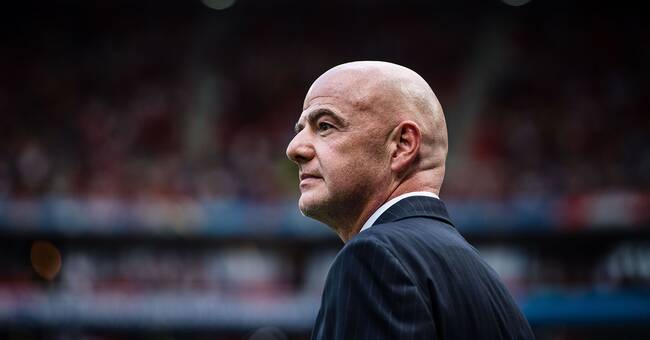Developments in men's football were expected.
Already this spring, football economics experts, club leaders and agents predicted that the vast majority of the sport's food chain was facing the need to turn the tables.
This week, the International Football Association, Fifa, presented in black and white how the pandemic has hit the clubs' ability to pay.
Last year, the cost of transitions fell from approximately SEK 62 billion in 2019 to around SEK 47 billion.
Lowest in three years
The figure is the lowest since 2016, when the clubs totaled almost SEK 39 billion.
At the same time, the number of transfers decreased from 18,047 to 17,077. That figure includes players who were loaned out and then returned to their club.
The actual number of players - of 180 different nationalities - who made some form of club change was 14,432.
Club changes without transfer fee (mainly non-contract players) accounted for 62.5 percent of all transfers, a slight decrease from 2019 but instead the loans increased, from 14.2 to 16.2 percent.
In percentage terms, the permanent transfers decreased by a transfer fee from 12.9 to 11.6.
As usual, most and most expensive transitions take place in Europe.
The English Premier League clubs put 13.7 billion on players, more than twice as much as Italy (6.15 billion).
This was followed by Spain, Germany and France.
Outside Europe, Brazil and the United States spent the most.
Chelsea bought the most expensive
The clubs that spent the most money on new players were in turn Chelsea, Manchester United, Manchester City, Barcelona and Juventus.
Spanish clubs earned the most on transfers, a total of SEK 6.6 billion.
The most noticed and most expensive transitions - with transfer sums of over SEK 50 million - amount to only 1.3 percent of the number of transitions.
The majority (55.7 percent) of all transfers are transactions of less than SEK 5 million.

